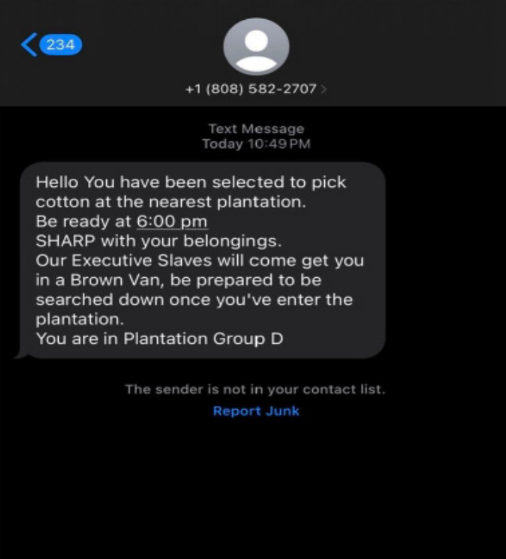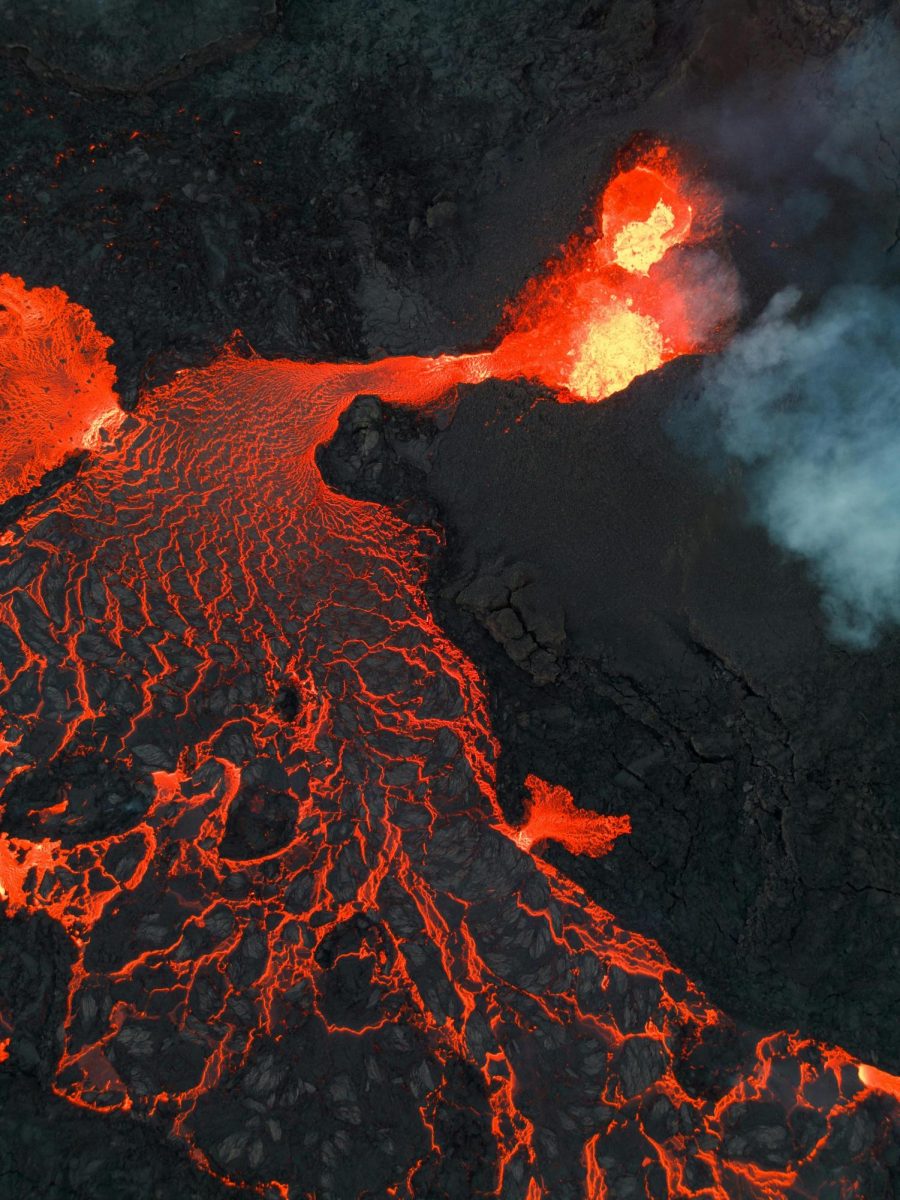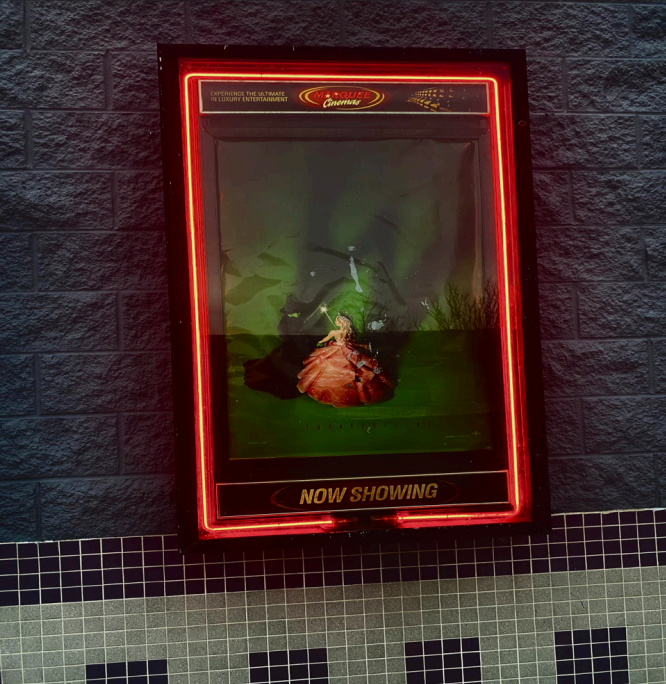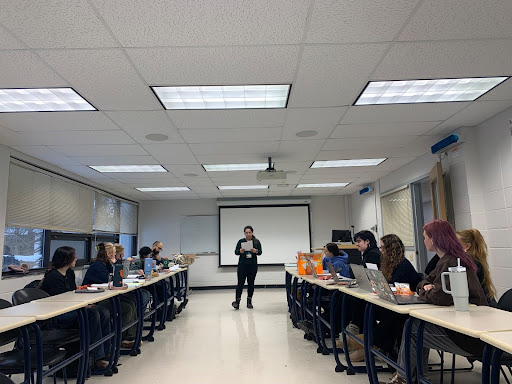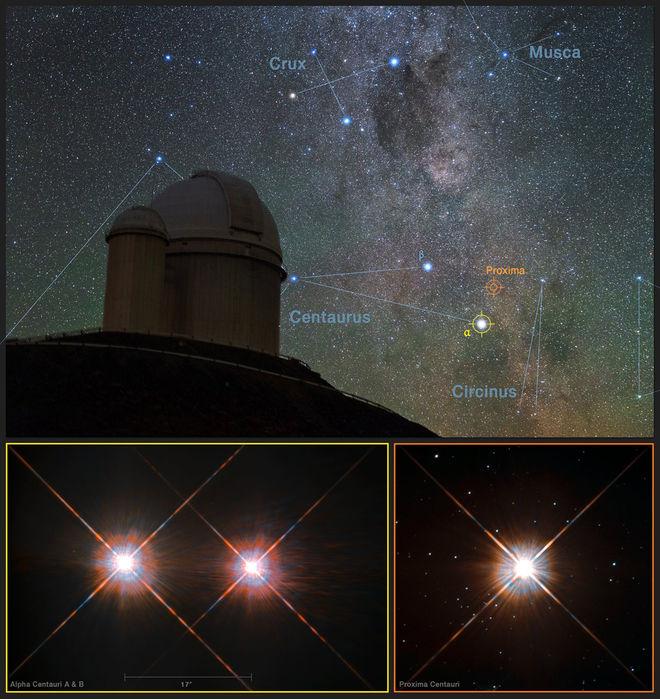Justin Cortes, Staff Writer
The European Southern Observatory announced the discovery of a potentially habitable planet outside of our solar system.
Mankind has always wondered not only if we are truly alone in the universe, but also if it were possible that human life could flourish on another Earth-like planet.
In August, astronomers discovered a terrestrial body in a nearby solar system located by Proxima Centauri, an M dwarf star in the Alpha Centauri system.
Proxima b is the name of the newly founded planet closest to Earth with the possibility of being habitable, as stated by the Nature journal.
Proxima b’s revolution around its star is equivalent to 11 days and is closer to its star than Earth is to the sun. Being that Proxima b’s star is seven times smaller than Earth’s, it is possible that the weather on Proxima b isn’t too extreme, but just enough to accommodate liquid water.
Even with the small stature of Proxima Centauri, it still smothers Proxima b with electrons, protons and forms of radiation which could have possibly wiped away any liquid water the planet had previously had, unless it holds an atmosphere or EM field like Earth, which protects it from any forms of solar radiation it may be bombarded with.
Upon learning about the discovery, Utica College students seemed ready to pack up their space suits and set off on a new planetary adventure.
“I would totally move to another planet; my reason being that it would be a new adventure in my life,” junior Anthony DeSimone said.
Other students on campus were also excited about potentially living on another planet, but when given details about the possible terrain of the planet, their opinions shifted.
“I would probably wait until another possible and safer planet to be discovered,” senior Katherine Gonzalez said.
Astronomers were able to identify this terrestrial planet by its flash which is shown only when the planet revolves around its star. Proxima b had its own distinct flash of yellow and green. It would almost seem as if the planet was signaling Earth to come and find it.
Scientists are currently working on possible ways to determine whether or not the planet is actually habitable without some form of terraforming alternative. The most recent developments of unmanned probes are being sent off to get a closer look at what could possibly be “Earth Two” or at least a viable alternative home for the human race if and when we ravage our current place of residence.

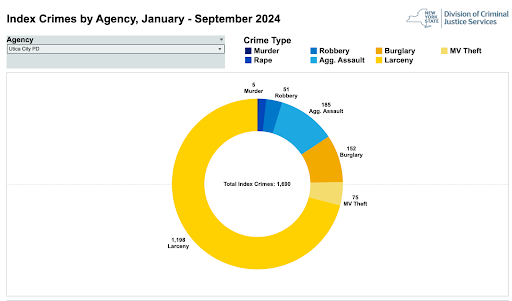
















![President Todd Pfannestiel poses with Jeremy Thurston chairperson Board of Trustees [left] and former chairperson Robert Brvenik [right] after accepting the university's institutional charter.](https://uticatangerine.com/wp-content/uploads/2023/10/unnamed.jpeg)

